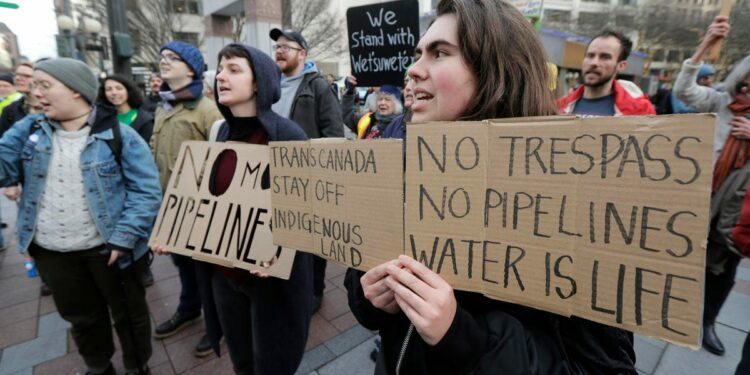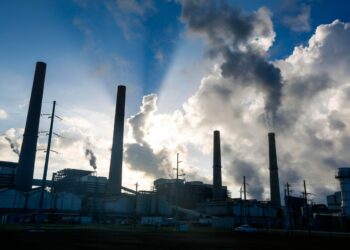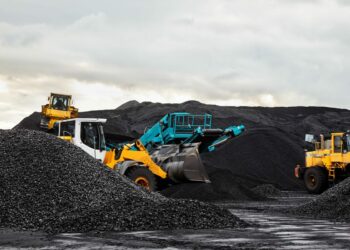As governments of the world have pursued their “energy transition” away from the current energy mix made up predominantly by fossil fuels to a new, greener energy structure, I have written a series of stories about the many ways in which the realities of the real word end up conflicting with the narrative pushed by the transition’s promoters. As we saw in the numerous multi-million-dollar ads aired during Sunday’s Super Bowl game, that narrative envisions a painless transition to a world powered by bright, clean windmills, flawless solar arrays, and beautiful new electric vehicles (EVs).
But getting to and maintaining that brave new green energy world will be far more complicated than these ads envision. There is a growing consensus, for example, that it cannot all be achieved with just wind, solar and EVs, and that hydrogen must also play a significant role, the extent of which is yet to be determined.
Hydrogen proponents believe it can power vital industries that can be difficult to electrify, like power generation, manufacturing, trucking, shipping, and aviation. Eventual mass production and distribution of this zero-emissions fuel source could also help California achieve its aggressive goals related to the electrification of cars, homes and other buildings.
As we saw Thursday in an announcement of a proposed new “green hydrogen” initiative – called Angeles Link – by California utility SoCalGas, producing that hydrogen from electricity generated by wind and solar power will of necessity involve the production and use of enormous amounts of steel and aluminum needed to facilitate the installation of immense new infrastructure. That infrastructure will include hundreds of miles of new pipelines necessary to move the hydrogen to market.
“The challenges we face on climate require solutions of scale and urgency,” said Scott Drury, chief executive officer of SoCalGas. “The Angeles Link is designed to meet those challenges head-on. Today in Southern California we’re announcing plans for one of the world’s largest clean energy infrastructure systems, to help tackle emissions for which there are no easy answers. Those emissions – from power plants, industry, and heavy-duty trucks – very much ‘count’ and must be significantly reduced to reach our and the State’s climate goals.”
Once completed, the company says the project will “allow four natural gas plants and 20 percent of big diesel container trucks to convert to zero-emission hydrogen fuel – with the potential to reduce diesel fuel use by as much as 3 million gallons per day in California.” SoCalGas also estimates that its new green hydrogen pipeline system will deliver the clean energy equivalent of almost 25 percent of the natural gas delivered by SoCalGas today. But getting to that point will inevitably place the climate change lobby into a conflicted position.
As I’ve discussed in previous pieces here, the green activist groups that support this energy transition are by and large the same groups that virulently oppose the construction and installation of new infrastructure needed to move energy to market. Among their most visible activities in recent years has been a concerted effort to oppose new pipelines to move oil and natural gas to market to meet the world’s energy demands. The same groups have also opposed the permitting and building of new steel and aluminum manufacturing facilities in the U.S. and around the world. And that’s not to mention all the concrete that would inevitably become a major part of such a massive project.
Angeles Link could end up becoming the single largest infrastructure project in California’s history. It would also be a significant job creator for a state in real need of the kinds of high-paying jobs that would be involved.
The question for these green activist groups will become whether they would be willing to support the inconvenient realities needed to arrive at the end-result, which would become a very significant reduction in the production of greenhouse gases. Will they support a process that involves increases in near-term emissions to achieve lower emissions over the long term? Their ongoing opposition to the permitting and construction of new mining operations for lithium and other key minerals needed by the renewables and EV industries is not encouraging in that regard.
In the end, the proponents of this energy transition will not be able to have their cake and eat it, too. Green hydrogen is not something that will just materialize out of thin air: It is by necessity the end-product of an energy- and emissions-intensive infrastructure project. Climate activists can either support the means for getting to the end or not achieve the end at all.
That’s how the real world works.











